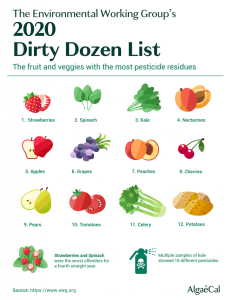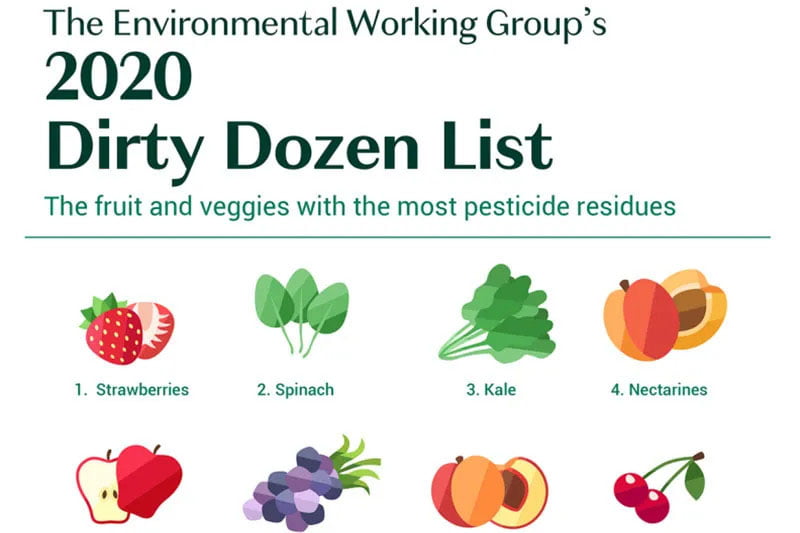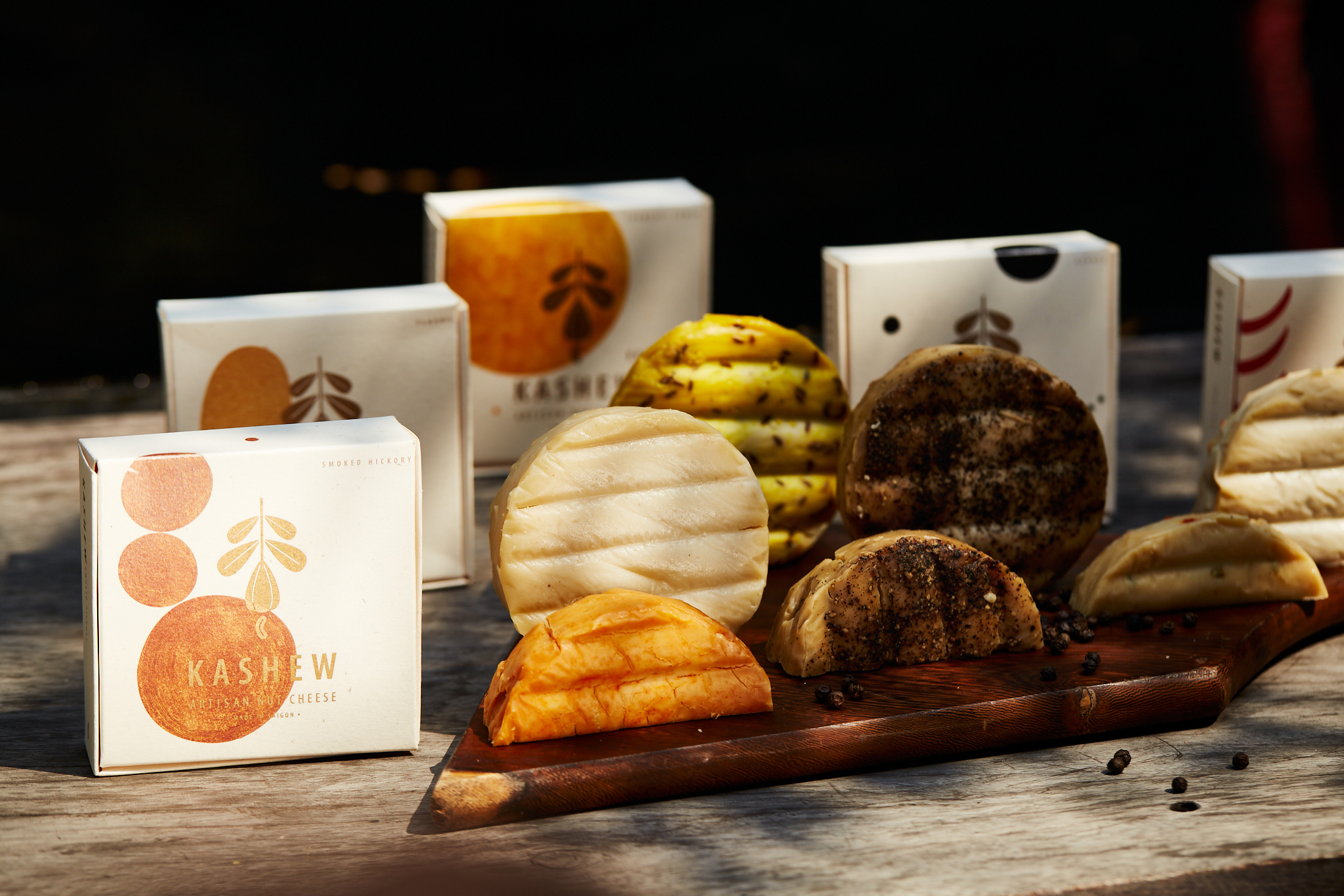The Dirty Dozen
This is a blog post I have been wanting to dive into for the longest time. This is a somewhat scary blog post, but not written to frighten anyone, but rather for awareness. Coming from a country where organic produce is not only widely common, but also available at reasonable prices I know that the situation is different here.
If having the choice The Dirty Dozen are the fruits and vegetables you want to source as naturally as you possibly can. The list changes yearly and it also depends on farming practices in your country. That said, if in doubt this is a list that you might want to memorize when shopping for your greens. The 12 crops below contain the highest levels of pesticide residue in general.
In order from worse to bad, be aware when buying these products:
- Strawberries
- Spinach
- Kale
- Nectarines
- Apples
- Grapes
- Peaches
- Cherries
- Pears
- Tomatoes
- Celery
- Potatoes

Some of these may come as a surprise to you. Who would have thought potatoes, but yes they are on the list.
To touch on a few of them. Conventional farming of strawberries, kale and spinach will often result in the highest levels of residue pesticides. You may recall the blog post we did on strawberries (here) which we did for a good reason as they are on the very top of your watch list. In the US about ⅓ of all non-organic strawberries contain 10 or more different kinds of pesticide residue, and that is even considering there are some pesticide regulations in place. In Vietnam many strawberries are imported from China (at times illegally) and sold as Dalat strawberries. We would not know as they all look the same.
Neurotoxins place spinach in an alarming second place. Spinach is prone to contain high concentrations of permethrin. Permethrin is a neurotoxin and insecticide that can easily give you some of the following side effects: itching, skin swelling, redness/rash and other.
Fresh produce is something we eat every day, so be mindful of your shopping choices and consider where you might want to go all-natural or organic and where it is less important.
Watch out for the 2021 list to be released in the spring 2021 by the Environmental Working Group (EWG). This blog post will be followed up with a Clean Fifteen List – now that is more like it!
All of this said – keep eating your greens, but consider where you get them from!
Email: info@bynature.vn
Website: bynature.vn




